Bucharest’s tumultuous journey through communism reflects a complex and often harrowing era. From Lenin’s ideological foundations to Ceausescu’s oppressive 25-year dictatorship, this period was marked by ambition, authoritarianism, and widespread human rights abuses. Ceausescu’s rise from humble beginnings to totalitarian rule disrupted the social fabric, instilling a climate of fear among citizens. Today, this legacy continues to shape Bucharest’s historical landscape and collective memory. Exploring the intricate details of this transformative era offers a window into the city’s past, shedding light on the lasting impacts that reverberate through its present.
Key Points
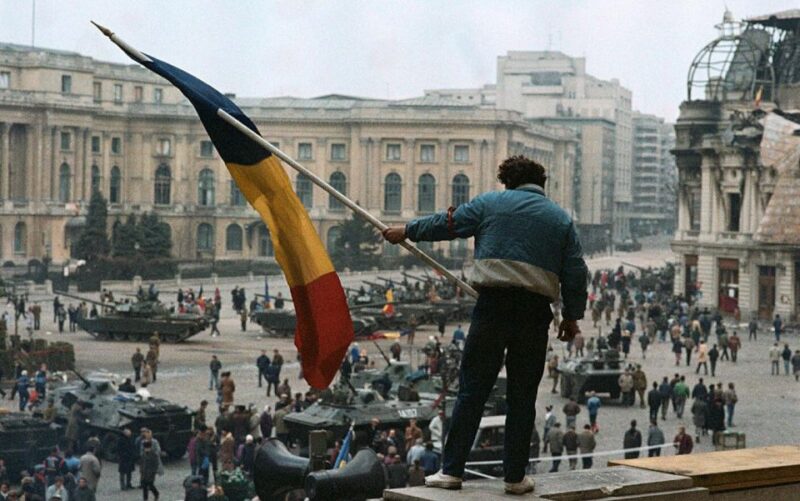
- The communist ideology in Romania, rooted in the ideas of Marx and Engels, aimed for a classless society with collectively owned means of production.
- The Ceausescu regime in Romania exemplified totalitarian control, marked by widespread human rights abuses, strict food rationing, and a pervasive climate of fear.
- The systematic demolition of neighborhoods under the ‘systematization’ program disrupted communities, destroyed cultural landmarks, and had far-reaching societal impacts.
- Ceausescu’s rise to dictatorship involved purging political rivals and cultivating a personality cult, leading to a 25-year reign of oppression.
- The guided tour explores Bucharest’s communist history, highlighting significant landmarks, insights into daily life under communism, and the human toll of the regime.
Explore Communist Ideology
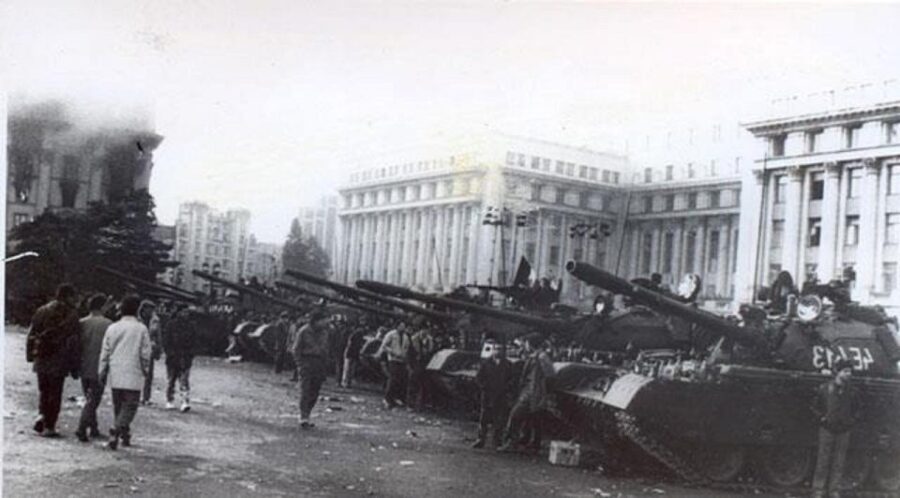
Communist ideology has its roots in the philosophical ideas of Karl Marx and Friedrich Engels, who envisioned a classless society where the means of production would be collectively owned.
This utopian vision shaped the implementation of communist regimes across Russia and Eastern Europe, with varying degrees of success and repression.
In Romania, the Ceausescu regime was particularly oppressive, mirroring the totalitarian control of North Korea’s Kim dynasty. Through tight control over the economy, media, and personal freedoms, the communist government sought to maintain its power and impose its ideological vision on the population.
The legacy of this era continues to shape Bucharest’s historical landscape and the collective memory of its people.
You can also read our reviews of more tours and experiences in Bucharest.
Ceausescu’s Oppressive Regime
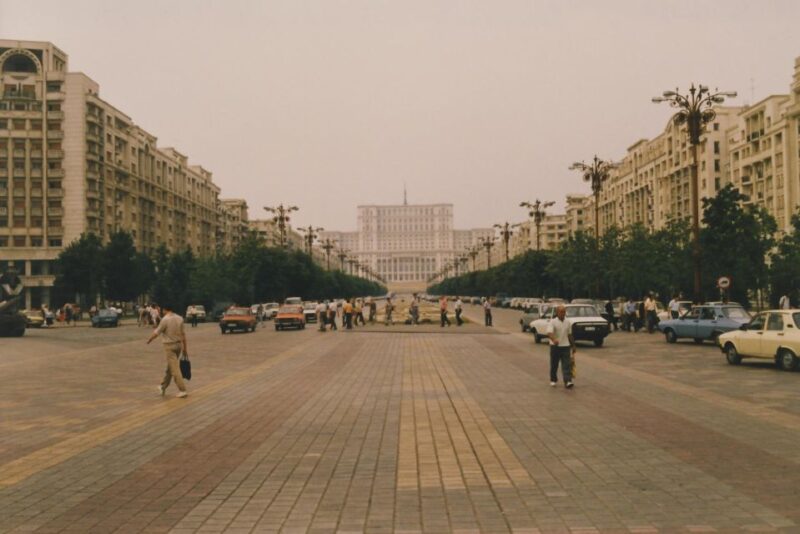
Nicolae Ceausescu’s rise to power ushered in an era of ruthless authoritarianism and unparalleled repression in Romania, leaving an indelible mark on the nation’s history. His 25-year dictatorship mirrored the worst excesses of Soviet communism, with widespread human rights abuses, surveillance, and control over every aspect of daily life. The impact on Romanian society was devastating, as the regime’s policies led to the demolition of 40,000 households, strict food rationing, and a pervasive climate of fear.
| Ceausescu’s Regime | Impact |
|---|---|
| 25-year dictatorship | Demolition of 40,000 households |
| Human rights abuses | Food rationing (2000 calories/day) |
| Surveillance and control | 500g cheese, 10 eggs, 1.5kg meat/month |
| Mirrored Soviet communism | Pervasive climate of fear |
| Ruthless authoritarianism | Society shaped by oppression |
Societal Impacts and Demolition
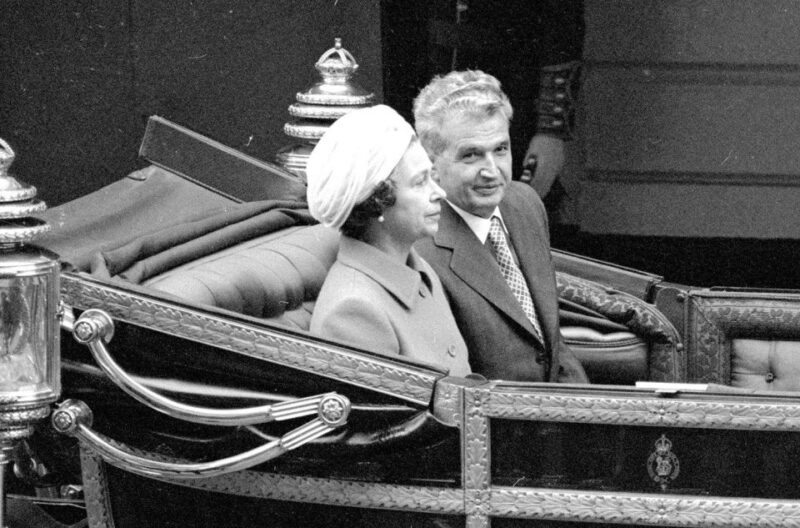
Under Ceausescu’s oppressive regime, the systematic demolition of over 40,000 households devastated Romanian society, rupturing communities and upending the lives of countless citizens. This massive restructuring program, known as ‘systematization,’ aimed to transform Bucharest into a modern, communist-inspired capital.
Entire neighborhoods were razed to the ground, forcing residents into sparse, cookie-cutter apartment blocks. The loss of homes, businesses, and cultural landmarks deeply scarred the city’s social fabric. Families were torn apart, traditions were erased, and a sense of belonging was extinguished.
Alongside this physical destruction, Romanians endured severe food rationing, with strict limits on basic necessities like cheese, eggs, and meat. The societal impacts of Ceausescu’s totalitarian rule were far-reaching and profoundly damaging.
Ceausescu’s Rise to Dictatorship
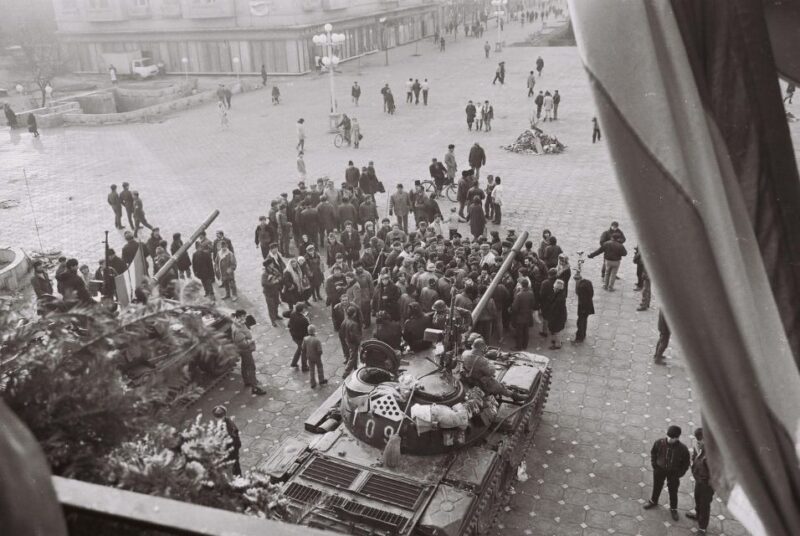
Born into a poor peasant family, Nicolae Ceausescu’s humble origins belied the ruthless ambition that would eventually propel him to the heights of power in Romania.
Through a combination of political maneuvering, ruthless suppression of dissent, and a cult of personality, Ceausescu rose to become the leader of the Romanian Communist Party and the country’s dictator for over 25 years.
Some key factors in his rise to power include:
-
Joining the Communist Party in the 1930s and quickly rising through the ranks
-
Purging political rivals and consolidating his control over the party
-
Cultivating a personality cult that portrayed him as a visionary leader and savior of the Romanian people
Guided Tour Highlights
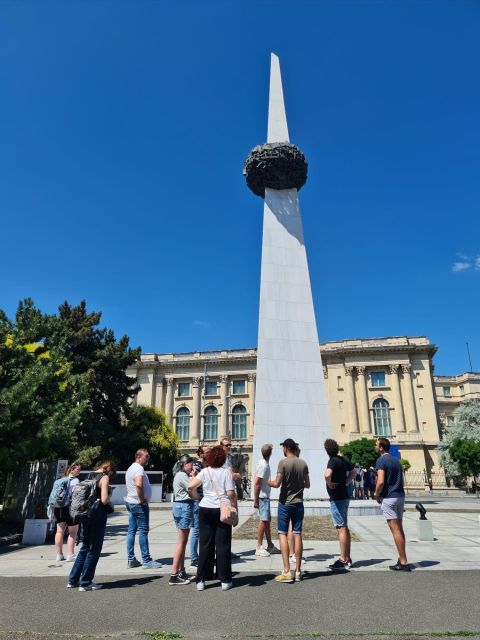
Though the tour covers Bucharest’s rich communist history, it also highlights the city’s architectural and cultural gems that have endured through the decades of authoritarian rule.
From the grandeur of the Palace of the Parliament to the intricate details of the Romanian Athenaeum, the tour provides a rundown of the capital’s most significant landmarks.
Along the way, participants gain valuable insights into daily life under communism, including the impacts of food rationing and the omnipresence of the secret police.
With an engaging and knowledgeable guide, the tour transports visitors back in time, offering a thought-provoking exploration of Romania’s complex past and its lasting influence on the present-day city.
Experiencing Life Under Communism

One of the key focuses of the tour is providing participants an immersive glimpse into the daily struggles and hardships faced by Romanians living under Ceausescu’s oppressive communist regime.
Through engaging storytelling, the guide transports visitors to that era, highlighting the profound impact of Ceausescu’s policies on the lives of ordinary citizens. Participants learn about:
-
The severe food rationing that left many families hungry, with limited access to basic necessities like cheese, eggs, and meat.
-
The omnipresent secret police, who instilled a climate of fear and constant surveillance, stifling free expression and independent thought.
-
The mass demolition of neighborhoods, displacing thousands and disrupting the social fabric of communities.
Ultimately, the tour offers a powerful and thought-provoking exploration of the human toll of communism in Bucharest.
Significant Historical Sites Visited

The tour takes visitors on a journey through Bucharest’s communist past, with stops at several significant historical sites that bear witness to the era’s profound impact.
At the Antim Monastery, the group will learn about the church’s role in resisting communist rule.
The Patriarchal Cathedral, the seat of the Romanian Orthodox Church, provides insight into the complex relationship between religion and the state.
The tour then moves to Piața Unirii, where the iconic fountains serve as a backdrop for discussions on the communist regime’s efforts to modernize the city.
In Bucharest’s Old Town, the guide will share stories of everyday life under the oppressive system, helping participants understand the daily struggles faced by the population.
Customer Feedback and Ratings

Participants in the Bucharest Communism tour have overwhelmingly praised the experience, awarding it an impressive overall rating of 4.8 out of 5 stars based on 33 reviews.
Reviewers highlighted several key features that made the tour a standout:
-
The knowledgeable and engaging guides, who brought the era of communism to life through captivating storytelling.
-
The immersive experience, which allowed participants to gain a deeper understanding of the daily challenges faced by Romanians under Ceausescu’s oppressive regime.
-
The tour’s ability to shed light on the significant historical events and their lasting impact on Bucharest’s society.
Frequently Asked Questions
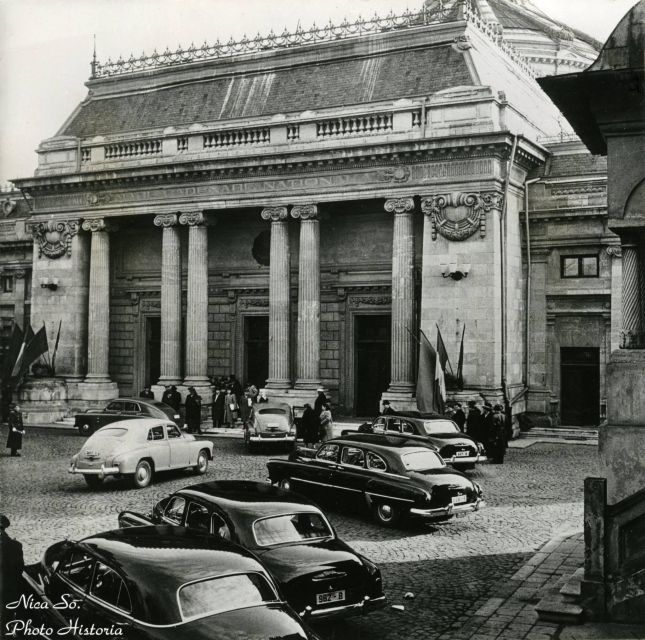
How Much Is the Tour Refund for Cancellations?
According to the tour overview, customers can cancel up to 24 hours in advance for a full refund. The tour offers free cancellation, allowing participants to get their money back if they need to change their plans.
Can I Pay on the Day of the Tour or Is Prepayment Required?
The tour allows customers to reserve their spot without payment, and they can pay on the day of the tour. Free cancellation is available up to 24 hours in advance for a full refund.
Is the Tour Wheelchair Accessible?
The tour is wheelchair accessible. The meeting point and all sites visited during the tour are equipped to accommodate guests with mobility needs. Advance notice is recommended to ensure a smooth experience.
What Type of Transportation Is Used During the Tour?
The tour is a walking tour, so no transportation is provided. Participants explore the key sites in central Bucharest on foot, led by the knowledgeable guide. This allows for an immersive experience and up-close look at the historical landmarks.
Are There Any Discounts Available for Students or Seniors?
The tour provider offers a 10% discount for students and seniors. Visitors must present valid ID to receive the discount. This reduced rate is available for both the tour price and any reserve now & pay later bookings.
Recap
Bucharest’s communist era, shaped by Lenin’s ideology and Ceausescu’s oppressive rule, remains a complex and contentious part of the city’s history.
The dictatorship’s harsh impact on society, including widespread human rights abuses and neighborhood demolitions, continues to influence Bucharest’s cultural landscape and collective memory.
Guided tours allow visitors to explore this tumultuous period, offering insights into the challenges faced by citizens under communist control.
You can check if your dates are available here:More Tour Reviews in Bucharest
Not for you? Here's more things to do in Bucharest we have recnetly reviewed
- 2 Best Craft Beer Tours And Tastings In Bucharest
- 4 Best Dining Experiences In Bucharest
- 20 Best 2 Day Tours In Bucharest
- 3 Best Dinner Tours In Bucharest
- 20 Best 3 Day Tours In Bucharest
- 20 Best 4 Day Tours In Bucharest
- 3 Best Shopping Tours In Bucharest
- 13 Best Full-Day Tours In Bucharest
- 2 Best Coffee Tours And Tastings In Bucharest
- 6 Best Lunch Experiences In Bucharest
- 13 Best Food Tours In Bucharest
- Veliko Tarnovo and Medieval Bulgaria Private Day Trip From Bucharest
